Just follow along:
$$\begin{align*}
I_{_\text{E}}&=\frac{\beta+1}{\beta}\cdot I_{_\text{SAT}}\cdot \left[e^{^\frac{V_{_\text{BE}}}{\eta\,V_T}}-1\right]
\\\\
\text{d}\,\bigg\{ I_{_\text{E}} \bigg. &= \bigg. \frac{\beta+1}{\beta}\cdot I_{_\text{SAT}}\cdot \left[e^{^\frac{V_{_\text{BE}}}{\eta\,V_T}}-1\right] \bigg\}
\\\\
\text{d}\,\bigg\{ I_{_\text{E}} \bigg\} &= \text{d}\,\bigg\{ \frac{\beta+1}{\beta}\cdot I_{_\text{SAT}}\cdot\left[e^{^\frac{V_{_\text{BE}}}{\eta\,V_T}}-1\right] \bigg\}
\\\\
\text{d}\,I_{_\text{E}} &=\frac{\beta+1}{\beta}\cdot I_{_\text{SAT}}\cdot \text{d}\,\bigg\{ e^{^\frac{V_{_\text{BE}}}{\eta\,V_T}}-1 \bigg\}
\\\\
&=\frac{\beta+1}{\beta}\cdot I_{_\text{SAT}}\cdot \text{d}\,\bigg\{ e^{^\frac{V_{_\text{BE}}}{\eta\,V_T}} \bigg\}
\\\\
&=\frac{\beta+1}{\beta}\cdot I_{_\text{SAT}}\cdot e^{^\frac{V_{_\text{BE}}}{\eta\,V_T}}\cdot \text{d}\,\bigg\{ \frac{V_{_\text{BE}}}{\eta\,V_T} \bigg\}
\\\\
&=\frac{\beta+1}{\beta}\cdot I_{_\text{SAT}}\cdot e^{^\frac{V_{_\text{BE}}}{\eta\,V_T}}\cdot \frac1{\eta\,V_T}\cdot \text{d}\, V_{_\text{BE}}
\end{align*}
$$
However, remember that \$I_{_\text{E}}=\frac{\beta+1}{\beta}\cdot I_{_\text{SAT}}\cdot\left[e^{^\frac{V_{_\text{BE}}}{\eta\,V_T}}-1\right]\$ and that the -1 term is ignorable in all practical cases.
So we can simplify and say \$I_{_\text{E}}\approx \frac{\beta+1}{\beta}\cdot I_{_\text{SAT}}\cdot e^{^\frac{V_{_\text{BE}}}{\eta\,V_T}}\$ and therefore substitute that back in to find:
$$\begin{align*}
\text{d}\,I_{_\text{E}} &=I_{_\text{E}}\cdot \frac1{\eta\,V_T}\cdot \text{d}\, V_{_\text{BE}}
\end{align*}
$$
Re-arranging, find:
$$\begin{align*}
r_e^{\:'} =\frac{\text{d}\, V_{_\text{BE}}}{\text{d}\,I_{_\text{E}}} &=\frac{\eta\,V_T}{I_{_\text{E}}}
\end{align*}
$$
We've used derivative calculations to find the local slope near the DC operating point of the B-E junction in active mode and the unit is \$\Omega\$.
For all practical purposes \$I_{_\text{C}}\approx I_{_\text{E}}\$, so you will find either used in the equation. They are close enough for most purposes that you don't need to worry too much over minor details.
Once you find the DC operating point (using other methods), you can work out the local slope behavior when operating at that DC point.
Here's a picture I took from "The Art of Electronics: Student Manual", found on page 101, by Hayes and Horowitz:

That's just to give a "feeling" for the idea. But it is not there when performing a DC analysis. Keep that in mind. It only appears when performing AC analysis around a DC operating point. And it only works just so far and no further than a tiny range around that DC operating point. You cannot apply it over a wide range, because that impacts the DC operating point and you'd need to re-calculate it over and over again, for that. (Re-calculation is what Spice programs do. So they will be good at this. But we humans are far less likely to want to do that.)
To understand why anyone bothers with this, just keep in mind that when a base signal rises upward on the BJT base (let's assume a simple CE amplifier case for now), the emitter generally is supposed to "follow it." But it cannot do that, perfectly, as pulling up on the BJT base tends to increase the collector current. And that means more junction current, which implies a larger base-emitter voltage. So, while the emitter does "follow" the base around, it does so with a slight counter-effect that tends to slightly oppose it. This so-called dynamic-resistance tells you by just how much and it is important in working out active mode voltage gain, for example. Or to use in the linearized small-signal model for the BJT.


